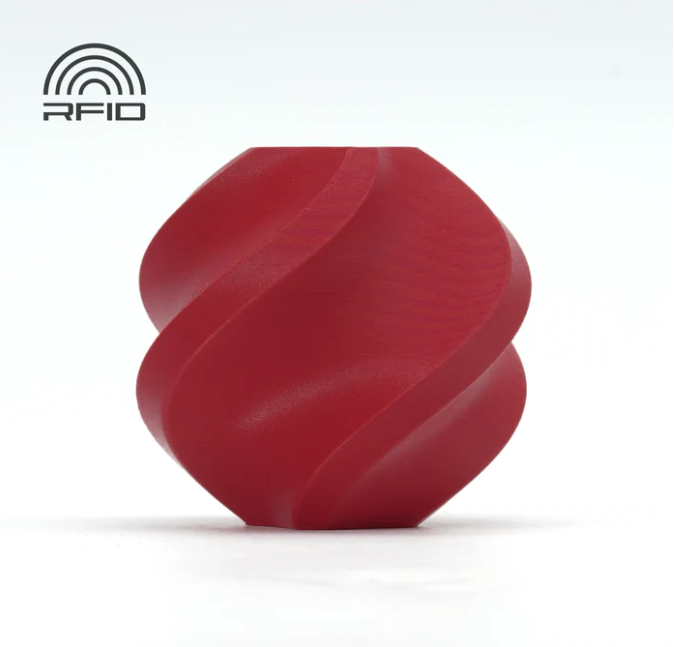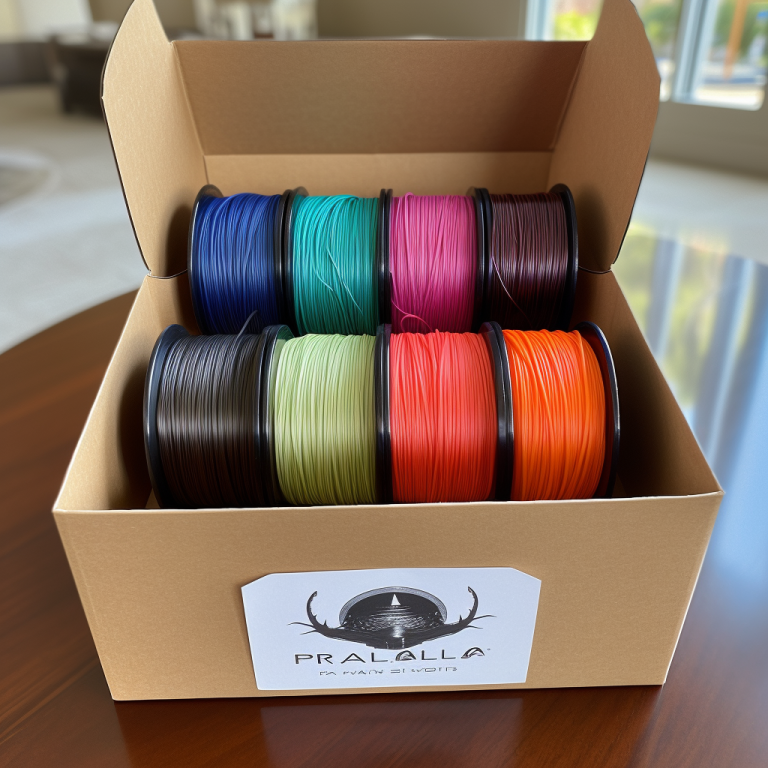3D printing has revolutionized the manufacturing industry, enabling the creation of complex and customized objects with ease. Among the plethora of materials available for 3D printing, PETG stands out due to its unique properties and versatility. In this blog post, we delve into the world of PETG, exploring its origins, characteristics, advantages, and applications in 3D printing.
Origins of PETG: PETG, or Polyethylene Terephthalate Glycol-modified, is a thermoplastic polymer that belongs to the polyester family. It is derived from PET, the same material used to make water bottles, but modified with glycol to enhance its properties for 3D printing applications. The inclusion of glycol prevents the material from crystallizing and becoming brittle, making PETG more durable and easier to use than its unmodified counterpart.



